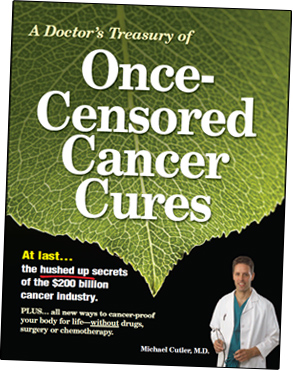PETERSBURG, Va. – Saint Augustine’s won its 16th consecutive men’s title and Johnson C. Smith captured its second women's crown in three years on the final day of the CIAA Outdoor Track & Field Championships held at Rogers Stadium on the Virginia State University campus on Saturday, April 20, 2013. Bowie State University finished fifth on the women and men’s side.
In the men’s events, St. Augustine’s scored 213 points to run away with the championship. Virginia State was second with 123 points and Virginia Union was third with 101 points. In the women’s events, Johnson C. Smith scored 146.50 points to claim first place. Winston-Salem State was second with 108 points and Virginia State was third with 101 points.
Jermaine Jones of St. Augustine’s won men’s track most outstanding performer honors after winning the 100 dash, 200 dash and anchoring the 4x100 relay team to victory. Berfrantz Charles of Virginia Union was named men’s field most outstanding performer after placing second in the long jump and triple jump and third in the pole vault.
Samantha Elliott of Johnson C. Smith was the women’s track most outstanding performer after winning the 100 hurdles and the 400 hurdles. She also finished third in the 100 dash and the 200 dash. Bowie State’s Kendall Reynolds and Tajanel McNeil of Winston-Salem State shared women’s field most outstanding performer honors. Reynolds won the triple jump (11.73m) and was second in the long jump. McNeil was second in the triple jump, third in the high jump and fifth in the long jump.
The BSU women’s 4x100 (Indya Price, Michelle Palmer, Crishonda Coffey and Jasmine Street) and 4x400 Meter Relay teams (Price, Palmer, Faith Sykes and Brittany Williams) took fifth respectively with times of 47.69 and 3:57.23. Williams was a third place finisher in the women’s 800 Meter Run with a time of 2:19.67.
The men’s 4x100 Meter Relay “A” team consisting of Alonzo Williams, Travis Scarborough, Fabian Gonzales and Brian Williams, captured fourth with a time of 42.42.
On an individual basis, Alonzo Williams placed fourth in 110 Meter Hurdles (14.52) and Ndjami Chick was fifth in the 5000 Meter Run (16:55.43).
St. Augustine’s trailed Virginia Union 59-41 after the first day on Friday, but scored 172 points on Saturday to distance itself from the field. The Falcons won nine of 17 events during the two-day meet. Jones (100 dash, 200 dash) and DeJon Wilkinson (long jump, triple jump) led the way for the Falcons with two victories each in individual events. Other winners for the Falcons were Akido Noel (javelin throw), Ty’reak Murray (110 hurdles), Dane Hyatt (400 dash), Marcelis Lynch (1500 run) and the 4x100 relay team of Ramaan Ansley, Taffawee Johnson, Burkheart Ellis, Jr. and Jones.
The winners in the other men’s events were Matthew Huckabee of Lincoln (Pa.) (shot put), Darien Kearney of Virginia State (discus throw), Jamaal Petty of Virginia Union (high jump), Jonathan White of Virginia Union (pole vault), Daniel Ross of Virginia State (400 hurdles), Prince Owusu-Mensha of Virginia State (800 run), Franck Charles of Virginia Union (5000 run) and the Virginia State 4x400 relay team of Te’Shad Chambers, Ross, Owusu-Mensah and Clive Cameron.
Elliott and Danielle Williams led Johnson C. Smith to six victories in the women's events. Williams won the 100 dash and 200 dash in addition to Elliott winning both hurdles races. Imeshia Jones of the Lady Golden Bulls was the winner in the javelin throw and the foursome of Naffene Briscoe, Williams, Trudy-Ann Richards and Monique Lovelock were victorious in the 4x100 relay.
The winners in the other women’s events were Diane Lindsey of Lincoln (Pa.) (long jump), Bowie State’s Brelyn Finley (shot put), Chelsey Fuller of Virginia State (discus throw), Morgan Heath of Lincoln (Pa.) (high jump), Quanera Hayes of Livingstone (400 dash), Kelly Shaw of Saint Aug (800 run), Taylor-Ashley Bean (1500 run, 3000 run) of Virginia State and the St. Aug 4x400 relay team of Akeisha Dumont, Nicketa Bernard, Cherrisse Lynch and Shaw.







